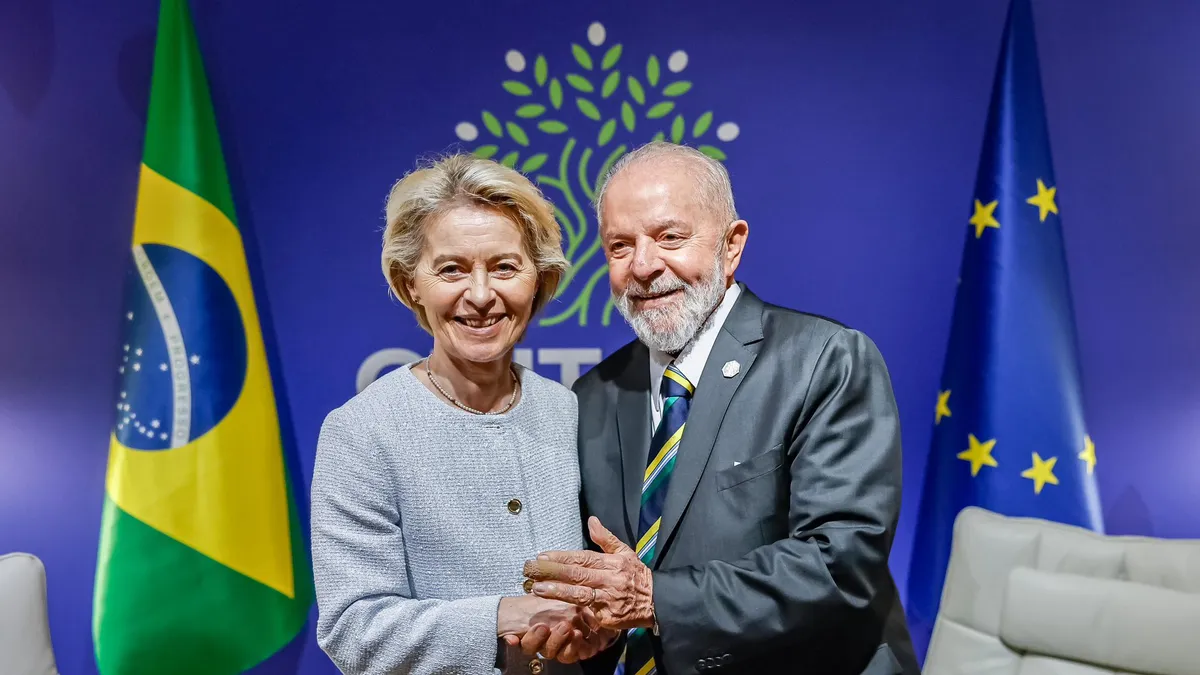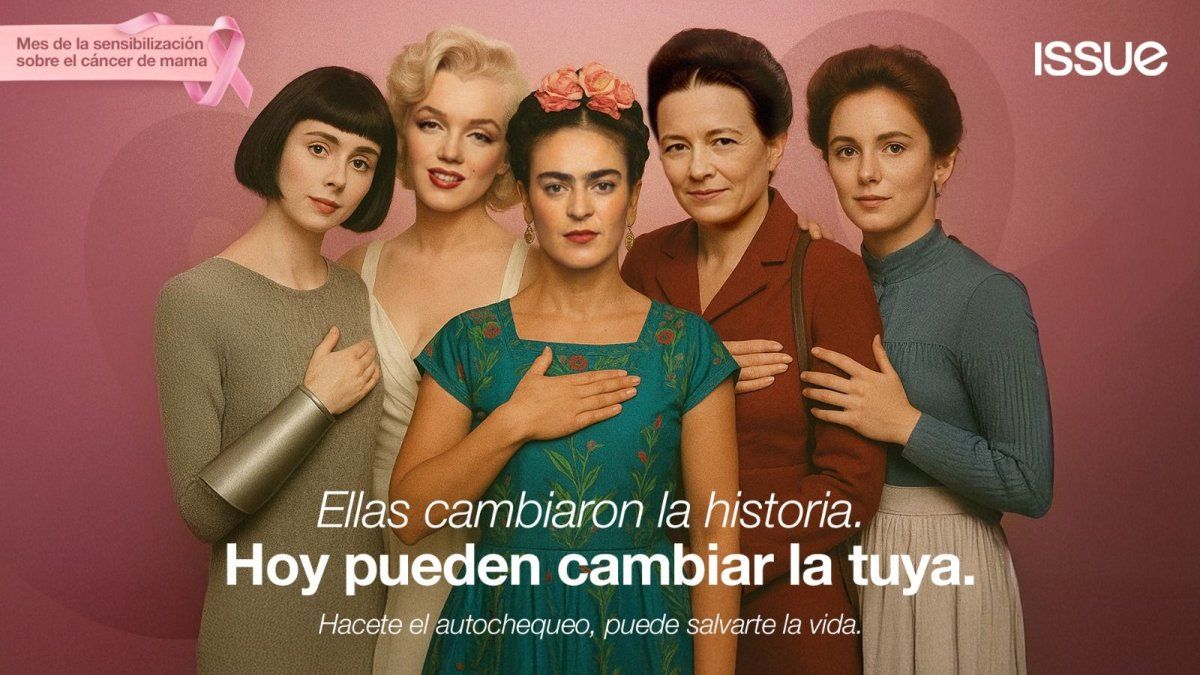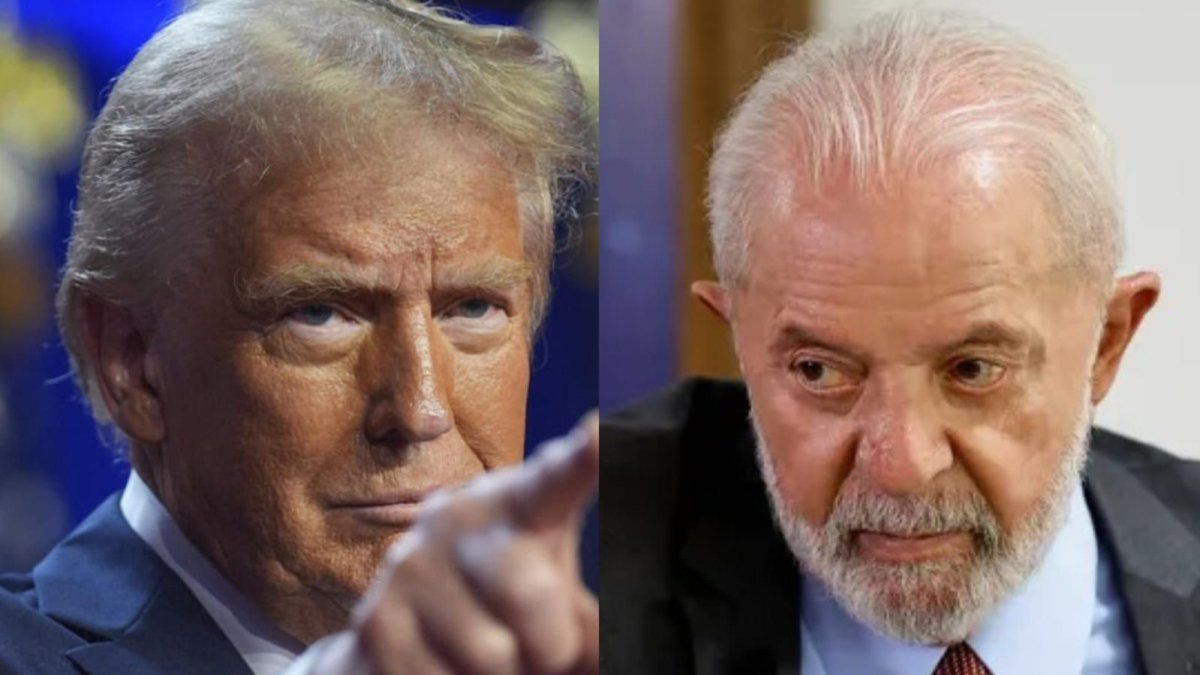“The finish line of the agreement between the Mercosur and the European Union “is in sight,” announced the president of the European Commission (EC), Ursula von der Leyenupon arriving at Brazil, from where you will travel to Uruguay to participate in the LVX summit of the South American bloc. The message on social networks generated a revolution, especially after his meeting with the president was confirmed. Luis Lacalle Pou.
The reason is not minor: after 25 years of negotiation, several failed attempts to sign the agreement – such as in 2019 and 2023 -, and the fierce opposition of some European countries, with France at the head, the Mercosur-EU agreement It seemed further away than ever. However, you could write your final chapter in Montevideo.
The main partner of Mercosur
The European Union is the main trading partner of the Mercosur: It exports goods for 45,000 million euros and services for 23,000 million euros to a market of 260 million consumers. Likewise, the EU is the destination of 14% of the South American bloc’s placements – equivalent to some 43,000 million euros – while 20% of regional imports come from Europe.
In 2023, trade between both blocks was almost $110 billion.
In this context, the agreement, which revolves around the reduction of duty, It would have a great economic impact for all the countries included, which, on the other hand, would become part of the largest exchange zone in the world: 720 million people and approximately 20% of the global economy.
Tariff reduction scheme
The scheme of tariff reduction which is contemplated in the Mercosur-EU agreement will progressively eliminate, over a period of 10 years, 92% of the duties on goods that Uruguay, Argentina, Brazil and Paraguay they sell to Europe; while, in the opposite direction, it will be over 90.7%, in 15 years.
Immediately, meanwhile, European countries will see the immediate relief in 14% of the products exported to South America, at the same time that the Mercosur will have benefits on 74% of the assets placed in the EU.
They will enter with zero tariff from day one some products such as: oils for industrial use (soybean, sunflower, corn); hake, scallops and squid; apples, pears, peaches, cherries, plums and table grapes; legumes and infusions (coffee, mate and tea), among others.
Other products will enter a tax reduction basket for 4 to 10 years, such as prawns, canned fish; vegetables, plants and food tubers; lemons, oranges and tangerines; fine fruits (strawberries); corn flour and biodiesel. Also candy, ice cream and dulce de leche among others.
How did you get to this point in the negotiations?
The lengthy negotiation dates back 25 years: it began in 1999, but it took two decades until the blocks reached a principle of agreement regarding the exemption or reduction of tariffs, among other aspects of the exchange.
The lack of ratification, then, was mainly due to the disagreements of Brazil and Argentina regarding the strict environmental requirements on the part of the EU—both South American governments demanded greater benefits for the region in exchange for meeting high standards in environmental matters, although the new Argentine government left this position aside—; although even then the complaints of the agricultural sector French.
Mercosur-EU Agreement French Farmers
Photo: AFP
In November 2023, when he received the rotating presidency of the G20, The Brazilian government reaffirmed its desire to achieve the approval of all members to create the largest free trade area on the planet; and the hope was placed on reaching the agreement before December of that year, something that was not achieved.
The differences within the European Union were the main obstacle of 2024, which overlapped with the elections of the European Parliament and the political crisis in France. What changed now? The triumph of donald trump in USA and the worsening of trade tensions with China They push the EU to surround itself with as many allies as possible.
The division in the EU
The division within the European Union regarding the agreement with Mercosur was one of the main obstacles to ratifying the document in, at least, the last year and a half. Thus, on the one hand, countries such as Spain, Portugal and Germany They push to finalize the agreement as soon as possible; while, on the other, France and Poland Not only are they not satisfied, but they are fiercely opposed.
Italy could join the negative bloc, based on her nationalist policies, although it remains to be seen if the good relationship that the prime minister Giorgia Meloni maintains with the Argentine president Javier Milei plays in favor of Mercosur.
Regarding the possibility of the agreement being finally signed at the summit of the Mercosur, The French government issued a statement in which it described the closure of the treaty “as it is” as “unacceptable.” “The president Emmanuel Macron “He has told it again to the president of the European Commission,” insisted the official account of the Elysium on social media on Thursday morning.
The main concern in Paris —to which Poland joined—is that the reduction of tariffs on agricultural products South Americans harm local producers, a claim that the agricultural sector of those countries has tirelessly brought to the authorities.
Source: Ambito




